#Anglican Church
Text
Gene Robinson was made a bishop in the Episcopal Church, the first openly-gay bishop, ever. Robinson is quick to point out that there have always been gay bishops in the Episcopal Church. "There have been a lot of us, let's just be clear," he said. "I'm just the first openly-gay one."
This past November marked the 20th anniversary of him being made a bishop. 20 years ago he was called the most dangerous man in the Anglican Church and wore a bullet-proof vest because of the many threats against him.
"It's an awful thing to stand in a pulpit and encourage people to live authentic lives when you know you're not being authentic. It's why I felt God called me out of the closet."
The next gay bishop in the Anglican Church wouldn't come until 2010 when Mary Glasspool became the first opely lesbian woman to be consecrated a bishop in Anglican Communion.
Today there are currently 5 openly-gay bishops in the Anglican Church.
46 notes
·
View notes
Text
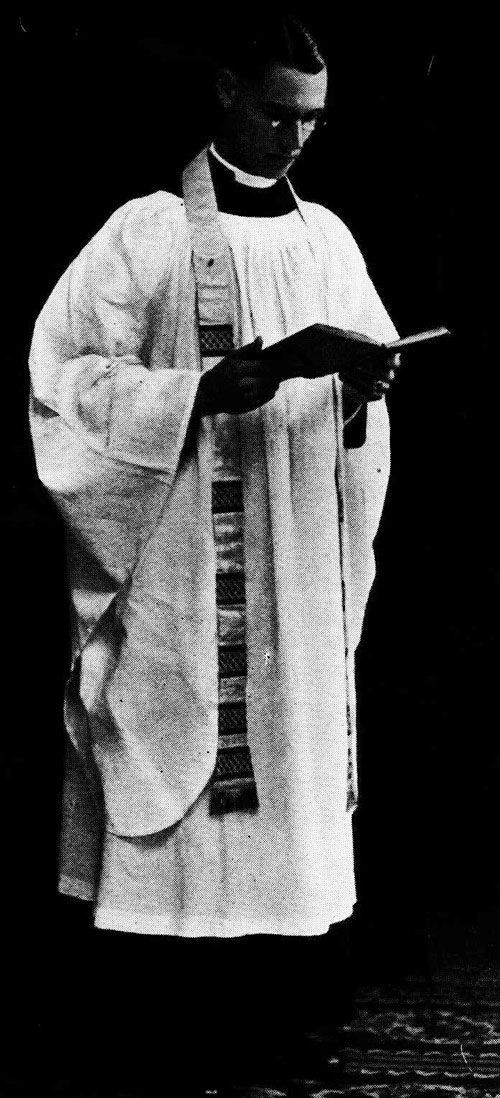
Priest vested for solemnization of Matrimony from Stoles and Scarves by Leonard Spiller (1952)
#anglican#priest#vintage photography#leonard spiller#stoles and scarves#hierophilia#anglican priest#anglican church
29 notes
·
View notes
Text

Heaven as Described by the Saints 🙏🕊️✝️
https://owlcation.com/humanities/What-Is-Heaven-Like-Lets-Open-the-Door
#Christianity #Christ #Jesus #CatholicTwitter #Catholicism #Catholic #EpiscopalChurch #AnglicanChurch #BaptistChurch #NYC #Brooklyn #Queens #Bronx #StatenIsland #LongIsland #SundayService #WashingtonDC #USA
#Christianity#Christ#Jesus#Catholicism#Episcopal Church#Anglican Church#Baptist Church#Sunday Service#God#Heaven#Saints
12 notes
·
View notes
Text
Anonymous asked: I read your post on the philosophical defence of monarchy and I’m impressed with the way you mounted such a formidable argument in favour of it. The flaw in your argument is how old you portray the monarchy’s ancient origins to lend legitimacy to its rule. How can you say the rituals and traditions of the British monarchy are ancient if the coronation itself took place in an Anglican church after the Reformation? That makes it a modern invention not ancient. Your fancy intellectualizing is built on a house of cards.
Thank you for at least reading my post even if you haven’t quite understood what I did write. The flaw in your reasoning is to conflate the British monarchy with the the tumultuous changes of the Reformation in England alongside the establishment of the sovereign as the head of the Church of Engand.
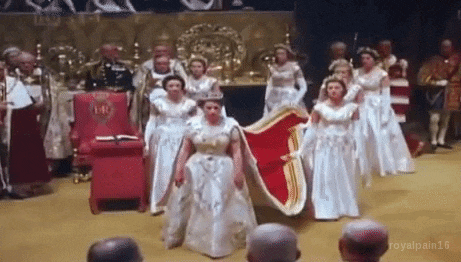
The coronation of a new monarch in the Anglican church had not been going on since the Reformation but goes back even further before the Reformation. Your mistake is to wrongly date the Anglican church. People forget this but the Church of England was established by St Augustine of Canterbury in 597 CE.
Almost nothing is known of the early life of the man who brought Christianity to medieval England. Augustine was most likely living as a monk in Rome when in 595, Pope Gregory the Great chose him to lead a mission to convert the pagan Anglo-Saxons to the Christian faith. Christianity had been present in England during Roman times, but with the arrival of the Saxons, most of the country had once again reverted to paganism.
England in the 6th century was divided into many warring kingdoms. Of these, it was Kent that was chosen as the place to begin Augustine’s mission in England, most likely because of the powerful position of its ruler, King Æthelberht.
The story of St Augustine’s arrival in England has become the stuff of legend, and was first told by the 8th-century monk and historian Bede, writing 140 years after the events took place. Bede describes how when Augustine arrived in Kent, Æthelberht met the monk and his 40 companions outdoors, because the pagan king was scared of the new arrivals practising sorcery.
The monks are said to have held up a silver cross and a panel painted with the image of Christ. We are told that King Æthelberht, while wary of his visitors, did allow them to preach to the gathering.
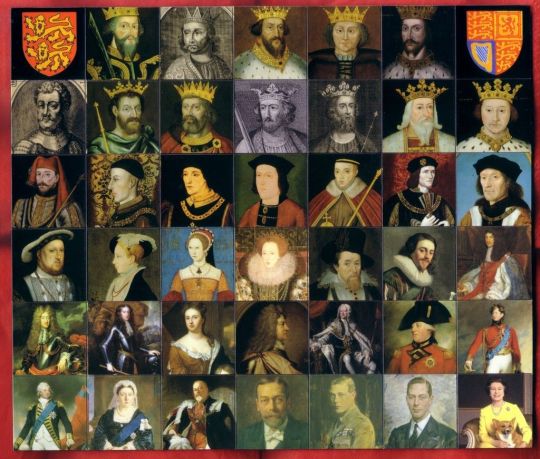
King Æthelberht was most likely accompanied by his wife, Queen Bertha. Bertha was a Frankish princess who was already a Christian, despite her marriage to a pagan king. It is thought that the presence of Bertha may have been another reason for Augustine to begin his mission in Kent. She is known to have been in contact with the Pope around this time, and the fact that her husband allowed her to practise Christianity perhaps suggested that he might also be sympathetic to Augustine’s mission.
King Æthelberht did not immediately convert to Christianity, but he did treat Augustine and his companions with hospitality. They were given freedom to preach and invited to reside in Canterbury, the capital of Kent. Augustine and his companions held services in the ancient church of St Martin’s, which is believed to be the church that Queen Bertha herself worshipped in.
Eventually, King Æthelberht did convert, and the abbey of St Peter and Paul (later rededicated to St Augustine) was founded in Canterbury in about 598. Augustine became the first Archbishop of Canterbury, a role that to this day is still the most senior cleric in the Church of England.
There were many advantages for Augustine in gaining royal support for his mission. King Æthelbert’s gifts enabled the creation of a school and a library at the abbey, which in turn established it as an important seat of learning. Pope Gregory even sent books from Rome to fill the abbey’s bookshelves.
Æthelberht also provided protection to the new Christian church. He made laws that protected church property and punished transgressions against the Church even more harshly than those against the Crown. These charters may have been drawn up under the guidance of Augustine himself. Augustine was clearly a shrewd man who knew that royal support was essential if his mission was to be successful.
It is known that Augustine died on 26 May, though scholars still argue over whether the year was 604 or perhaps 609. Christianity continued to spread throughout the other English kingdoms in the years that followed St Augustine’s first mission, but its progression was not smooth. Not all of the successors to the converted Anglo-Saxon kings were Christian, including some of those that followed Æthelberht in Kent. The Christianisation of the Anglo-Saxon kingdoms was finally completed at the end of the 7th century, when the Isle of Wight’s last pagan king, Aruald, died in 686.
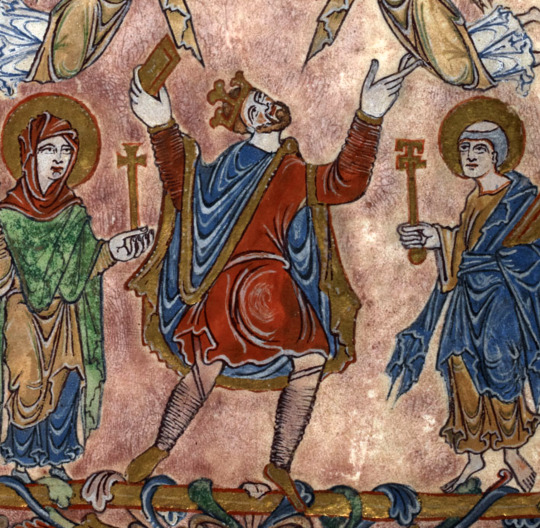
It was Edgar (known as King Edgar the Peaceful) who became the first king to be coronated under the sacred auspices of the Church of England. When he was coronated in 973, this was the first time a king was coronated as king of England. When his uncle Aethelstan had united the various kingdoms of Wessex, Mercia, Northumbria, and East Anglia, this was achieved over time, whereas Edgar came to power as King of a united England.
His coronation as King of England has become the model for coronations, and the oath he gave at his coronation in 973 is the oath still given by British monarchs upon their coronations. The oath required the king to carry out three duties: first, to protect the church and the peace of the land; second, to establish the rule of law and forbid criminally in all classes of subjects, even the nobles; and third, to use justice and mercy in all judgments, which is to say, to be impartial, fair, and not vindictive or cruel, nor to show favoritism or let friends off easily.
Edgar consolidated the unity of England established by his uncle (his father’s much-older half-brother) Aethelstan the Glorious (ruled 924-940) so that England never afterwards experienced a long-term division back into the minor kingdoms (of York, Northumbria, Mercia, Wessex, East Anglia, etc.)
Edgar, lest we forget, was a great-grandson of Alfred the Great. Edgar was the father of Edward the Martyr (ruled 975-978) and Aethelred The Badly-Counseled (“Aethelred the Unready”, who ruled 978-1016). He was thus the grandfather of Edmund Ironside (ruled 1016) and Edward the Confessor (ruled 1042-1066). And then we get to William the Conqueror and 1066 and all that...
So in effect all that happened at the Reformation under Henry VIII is that the Church of England declared its independence from the Pope; its internal administrative structure remained the same.
Freed from Papal control, the Anglican Church went on to diverge in doctrine as well over the following years, though not as much as most other Protestant churches.
The coronation ceremony for British monarchs based on the rites first used to crown King Edgar in the year 973 continued to be used after Henry VIII’s time.


The modern ceremony is not identical, of course; for one thing, it’s in modern English not Anglo-Saxon or Latin. However, each new version of the ceremony to crown a new monarch was based on the previous ceremony, in a direct chain of evolution.
The liturgy described in the Liber Regalis, written in the 14th century and itself based on earlier precedent, is still regarded as definitive. The mediaeval manuscript is kept in Westminster Abbey, the Anglican cathedral where most new monarchs have been crowned ever since 1066.
Interestingly, James VI of Scotland had the Liber Regalis translated into English for his own coronation in England in 1603, and subsequent coronations have drawn from it as their basis: though with variations and changes to suit their particular requirements. In the 20th century there was a movement to bring back more elements of the more ‘authentic’ early ceremony.
A ceremony which was first performed 1045 years ago and still follows the same basic format today surely qualifies as ‘ancient’ by most standards and doesn’t need ‘fancy intellectualising’.

Thanks for your question.
#ask#question#monarchy#edgar#king edgar#coronation#royalty#church of england#anglican church#catholic church#reformation#society#history#st augustine#canterbury#england
71 notes
·
View notes
Text
By: Humanists UK
Published: Dec 6, 2023
The Disestablishment of the Church of England Bill had its first reading in the UK Parliament today. The Bill, if enacted, would disestablish the Church of England and remove the automatic right of bishops to sit in the House of Lords. Humanists UK, which campaigns for a secular state and the separation of church and state, welcomed the Bill.
The Bill, introduced in the House of Lords by Lord Scriven, a member of the All-Party Parliamentary Humanist Group, would remove the Church of England from its position as the official state church. The Bill faced significant opposition, but eventually passed.
The recent British Social Attitudes survey demonstrated how unrepresentative our current system is. Only 12% of people consider themselves Anglican. What’s more, 68% of 18-24 year-olds say they belong to no religion versus 18% saying they are Christian – including only 0.7% saying they are Anglican.
The Church of England was disestablished in Wales in 1920 and there has never been an established church in Northern Ireland, as the Church was disestablished in 1869, before Irish independence. This is one of many archaic policies that still exist in the UK. Arguably, most egregious is the fact that 26 seats in the House of Lords are reserved for bishops of the Church of England. The only other state which has reserved seats for religious officials from a state religion is Iran.
As well as seeking to remove the automatic right for bishops to sit in the House of Lords, the Bill would remove the monarch’s role as Head of the Church of England.
This change will not interfere with the right to freedom of religion or belief. In 2018 Archbishop of Canterbury Justin Welby said that disestablishment of the Church of England would not be ‘a disaster’ for the Church, and is ‘a decision for parliament and the people’. He also said that ‘I don’t think [disestablishment] would make it easier [for the Church], and I don’t think it would make it more difficult’.
The Bill will now move onto its second reading, though no formal date has yet been set.
Humanists UK Director of Policy and Public Affairs, Kathy Riddick said:
‘Humanists UK welcomes the introduction of this Bill. In a modern, diverse society, it’s crucial to separate religion from state, allowing for genuine equality of all religions and beliefs. Disestablishment would mark a crucial step towards a fairer, secular state, ensuring that public institutions remain neutral and inclusive.’
#Humanists UK#Church of England#Anglican Church#christianity#decline of religion#no religion#secularism#separation of church and state#state religion#disestablishment#Disestablishment of the Church of England Bill#UK Parliament#irreligion#rise of the nones#religion#religion is a mental illness
14 notes
·
View notes
Text

Succession
18 notes
·
View notes
Text
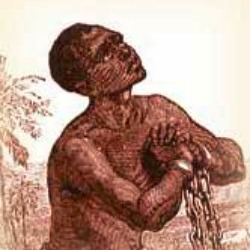
received an email yesterday concerning an article I wrote some time ago. The person asked me so many interesting and thought-provoking questions in that email. In this follow-up post, I will try to answer some of those questions to the best of my knowledge.
What role did the church play in the Trans-Atlantic Slave Trade? What exactly does the Bible say about slavery? Is Christianity a “slave religion”? Why so many black people love the church and the Bible?
According to Jomo Kenyatta, the founding father and first president of Kenya, “When the missionaries arrived, the Africans had the land and the missionaries had the Bible. They taught us how to pray with our eyes closed. When we opened them, they had the land and we had the Bible”.
That was the beginning of the European colonization of Africa. As I said in my other post, the Trans-Atlantic Slave Trade was introduced by the coming of the Europeans. The Europeans came with the Bible the same way the Arab raiders and traders from the Middle East and North Africa introduced Islam and the Quran through the Trans-Saharan Slave Trade. So yes, the church did play a major role in the Trans-Atlantic Slave Trade. In fact, the church was the backbone of the slave trade.
In other words, most of the slave traders and slave ship captains were very “good” Christians. For example, Sir John Hawkins, the first slave ship captain to bring African slaves to the Americas, was a religious gentleman who insisted that his crew “serve God daily” and “love another”. His ship, ironically called “the good ship Jesus,” left the shores of his native England for Africa in October 1562.
The church, especially the Roman Catholic and the Anglican Churches, had plantations with slaves working on them. For example, the United Society for the Propagation of the Gospel (USPG) – the world's oldest Anglican mission agency, owned several acres of slave plantations. It has been documented that the 800 acre Codrington slave plantation in Barbados was owned and operated by the United Society for the Propagation of the Gospel (USPG) during the 18th and 19th centuries.
One may ask, why would the church condone such barbaric acts as slavery? Well, the answer lies in the Bible the same way the answer for extremist Islamic terrorism in the world today lies in the Quran. Yes, slavery isn't just "normal" in the Bible. It is perfectly OK (or can be interpreted so) according to the scriptures. There are several chapters and verses supporting slavery in both the old and new testaments of the Bible.
Exodus 21 of the old testament of the Bible for example, gives clear instructions on how to treat a slave. Both Deuteronomy 20:10-14 and Leviticus 25:44-46 also give clear instructions on who should be slaves, how and where to buy slaves, etc.
Some Christians argue those chapters and verses are in the old testament and therefore don’t count but that is heresy. Also, there are several chapters and verses supporting slavery even in the New testament of the Bible. For example, the book of Ephesians 6:5 of the New Testament clearly states “Slaves, Obey your earthly masters with deep respect and fear. Serve them sincerely as you would serve Christ”. Not just that, 1 Timothy 6:1 of the New Testament also clearly states “Christians who are slaves should give their masters full respect so that the name of God and his teaching will not be shamed”. I can go on and on.
Slavery existed during the time of Jesus and continued after Jesus. Slavery got abolished nearly 2000 years after the death of Jesus. Jesus had every chance to speak against slavery. The question is, did he do it? And if Jesus did speak against slavery then why did his followers twist his words? If Jesus did speak against slavery then why does the New Testament of the Bible support slavery? And if the Bible got twisted along the way then does it make much sense for us to put our trust in it?
Now back to the question, "Is Christianity a slave religion?" Well, I am not that great with the Bible so I will leave that to the experts to answer.
Reverend Richard Furman, President of the South Carolina Baptist convention 1823 said, “The right of holding slaves is clearly established in the holy scriptures, both by precepts and by example”.
In a letter to the Emancipator in 1839, the Reverend Thomas Witherspoon of the Presbyterian church of Alabama in the USA wrote, “I draw my warrant from the scriptures of the old and new testaments to hold the slave in bondage”.
"The extracts from Holy Writ unequivocally assert the right of property in slaves"--Rev. E.D. Simms, professor, Randolph-Macon College. I can go on and on.
So as we can see, the church and the early Christians saw nothing wrong with slavery and fully engaged themselves. Most churches and cathedrals owned several acres of slave plantations and owned several slaves. Even when slavery was abolished, most churches had to be compensated for setting their slaves free.
Yes, one of the ironies of the 1833 Slavery Abolition Act was that, it was slave owners, not the slaves, who were compensated at the emancipation of slaves. The Anglican Church received 8,823 pound sterling in compensation for its loss of over 400 slaves. The Bishop of Exeter, along with three of his colleagues received some 13,000 pounds in compensation for over 660 slaves. All these have been documented and I can go on and on.
Why so many black people love the church and the Bible? Well, that is a question I cannot answer all alone.
#Christianity and Slavery: The role of the Church#slavery#church#catholic church#anglican church#christians#slavery in america
19 notes
·
View notes
Text
#OTD in 1695 – Penal Laws are passed which restrict the rights of Catholics to have an education, to bear arms, or to possess a horse worth more than five pounds.
When Limerick fell to the Williamite army in 1691, the first article of surrender stated that:
The Roman Catholics of this Kingdom shall enjoy such privileges in their exercise of their religion as are consistent with the laws of Ireland, or as they did enjoy in the reign of King Charles the second: and their majesties, as soon as their affairs permit them to summon a parliament in this kingdom,…

View On WordPress
#Anglican Church#Anti-Catholic Laws#Catholics#Clergy#England#Ireland#Limerick#Oath of Allegiance#Protestants#Royal Crown
10 notes
·
View notes
Text
It’s Lessons and Carols week in many churches, especially in the Anglican communion. It’s the one time of year we anticipate his arrival.
Jesus, you might ask?
No.
David Willcocks.
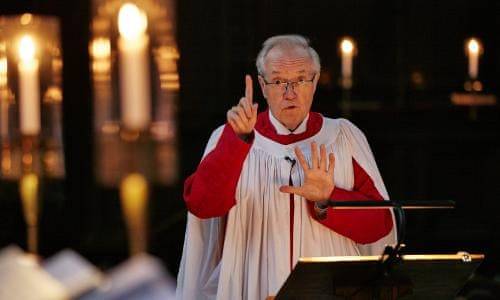
For he wrote the filthiest, fattest, most majestic organ chord of all time in his arrangement of “O Come All Ye Faithful”, that every chorister cannot help but put their entire ass into when it comes around.

4 notes
·
View notes
Text
I broke down at church yesterday and the rev. came and sat with me and told me “you will always be lovely, and you will always be loved, your mental illness does not change that, God knows your mind and your heart and that is what matters, we are human, we have failings.” And that just made me cry even more
#kleptomaniac#kleptomania#Anglican#episcopal#I’m not episcopal but y’all are cool and part of the Anglican communion so-#Anglican Christian#Anglican church#Christian#queer Christian#mental disorder#impulse disorder
17 notes
·
View notes
Text
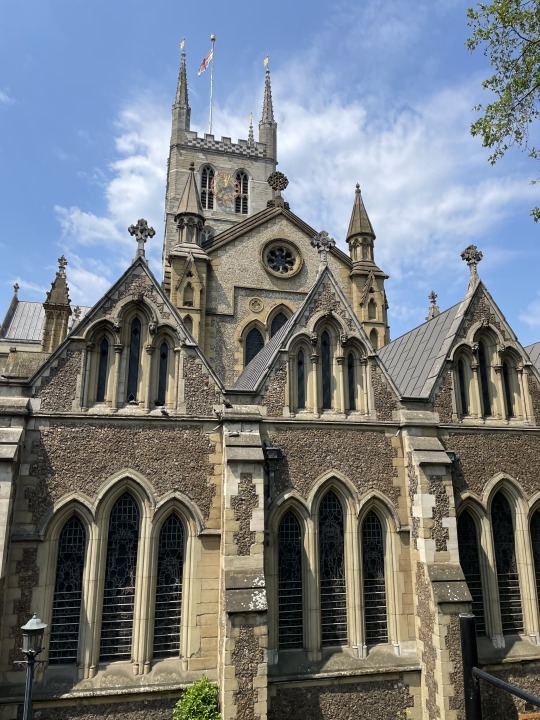
2 notes
·
View notes
Text
king henry the viii’s punishment in hell is just a constant feed of the innumerable female priests, feminist biblical criticism study groups and lesbian weddings held in the church he invented as he sobs into his hands like ‘what have i done!?’ and i for one think that’s beautiful.
#all of these are things i’ve personally experienced at multiple anglican churches and anglican high school#we exist solely to spite our founder#christianity#episcopal church#anglican church#anti monarchy#pro women#henry the eighth#the divine comedy#hell
21 notes
·
View notes
Text
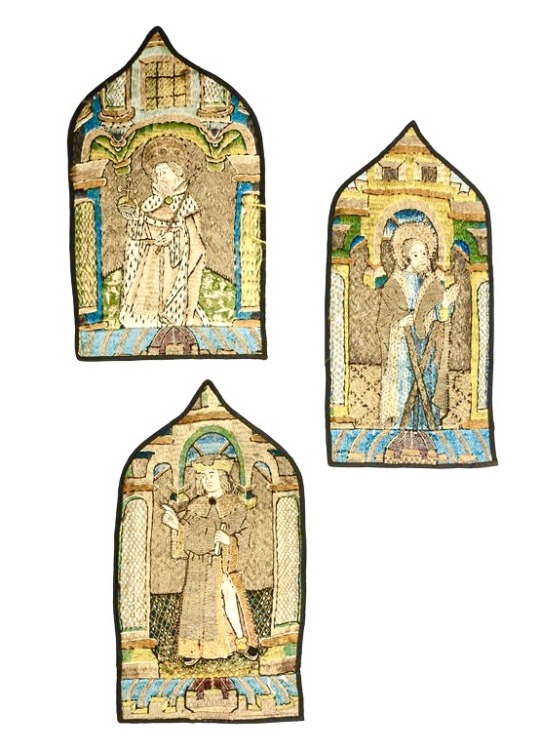
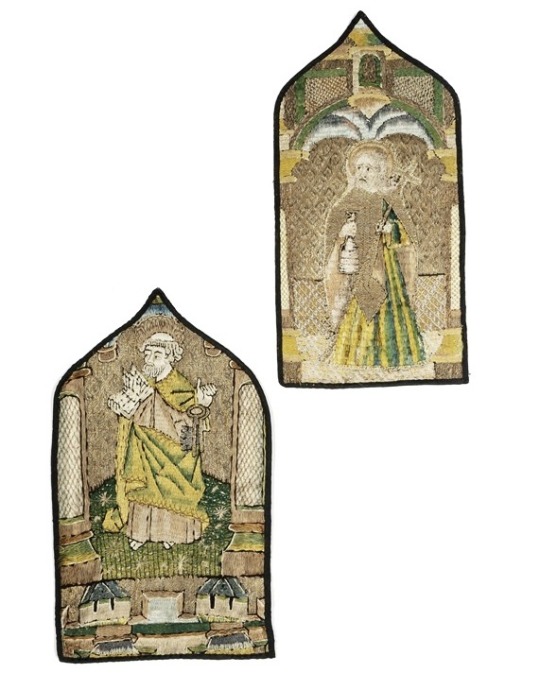
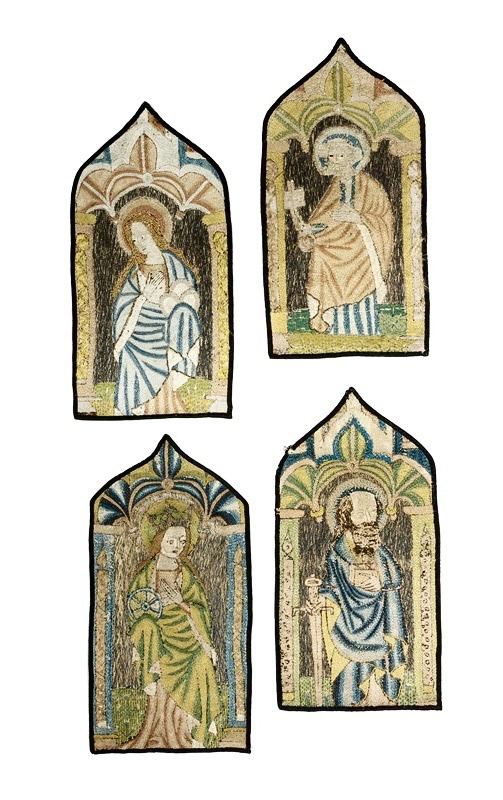
NINE ‘OPUS ANGLICANUM' ORPHREY PANELS 15TH / 16TH CENTURY OF lancet form, worked with silk and gilt threads in a variety of stitches including split, satin and silk twist, with applique and couched work on a gilt diapered ground. Catalogue Note: Orphrey panels such as these were traditionally applied to ecclesiastical vestments, such as chasubles or copes, or to altar frontal cloths. They were made using silk and precious metal threads often commissioned by the patron of the churches in which they would be seen and are usually either English or Italian. The term 'Opus Anglicanum' was first adopted in the 13th century to classify works of this nature and the quality produced in the medieval and early late medieval period.
Woolley and Wallis
17 notes
·
View notes
Video
youtube
Bob Dylan - Covenant Woman (Official Audio)
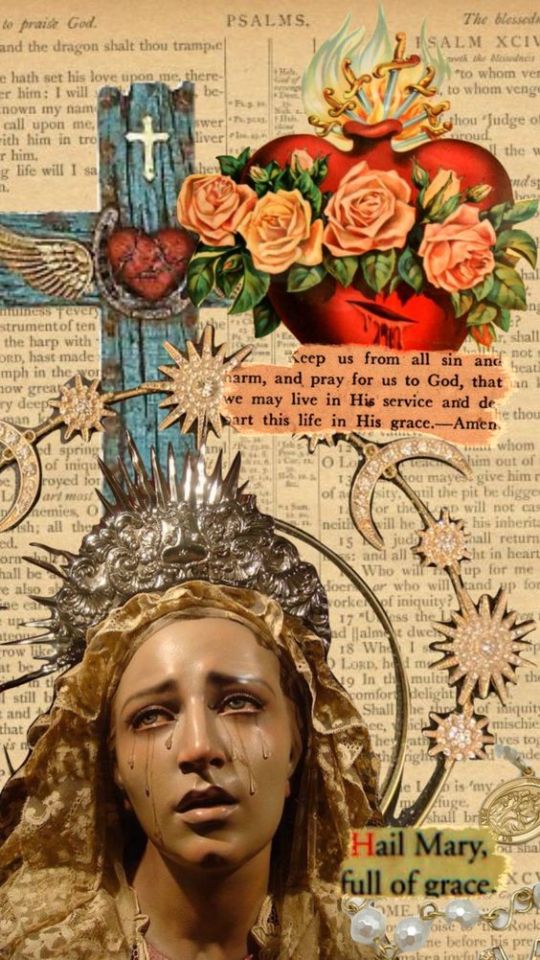
#youtube#Bob Dylan#Collage Art#Christianity#Catholic#Anglican Church#Jesus#mother mary#Devotional Music#Christian music#Christian Art
6 notes
·
View notes
Text


Carlisle's Book of Common Prayer, 1549
The first Book of Common Prayer was written for standardized liturgical use in the Anglican church in 1549. This copy first belonged to Carlisle's grandfather and was passed down to his father. This was the only keepsake Carlisle managed to save from his human life. (Thankfully, Alistair found the cross many years later, so now he has two keepsakes.)
Carlisle used this book to officiate Rosalie and Emmett's (first) wedding in 1935 and also Alice and Jasper's wedding in 1950.
More headcanons here.
#Tale of Years photo album#Carlisle#Books#Anglican church#Historical Context#Early modern English#Thomas Cranmer#Not sure if this is really an original edition but it's my two favorite pictures of it
14 notes
·
View notes
Text

All Saints Cathedral, Hereford
#All Saints#Church#Hereford#herefordshire#uk#england#anglican church#crucifix#bill’s cafe#midlands#pews#architecture#travel#photography#photo of the day
4 notes
·
View notes